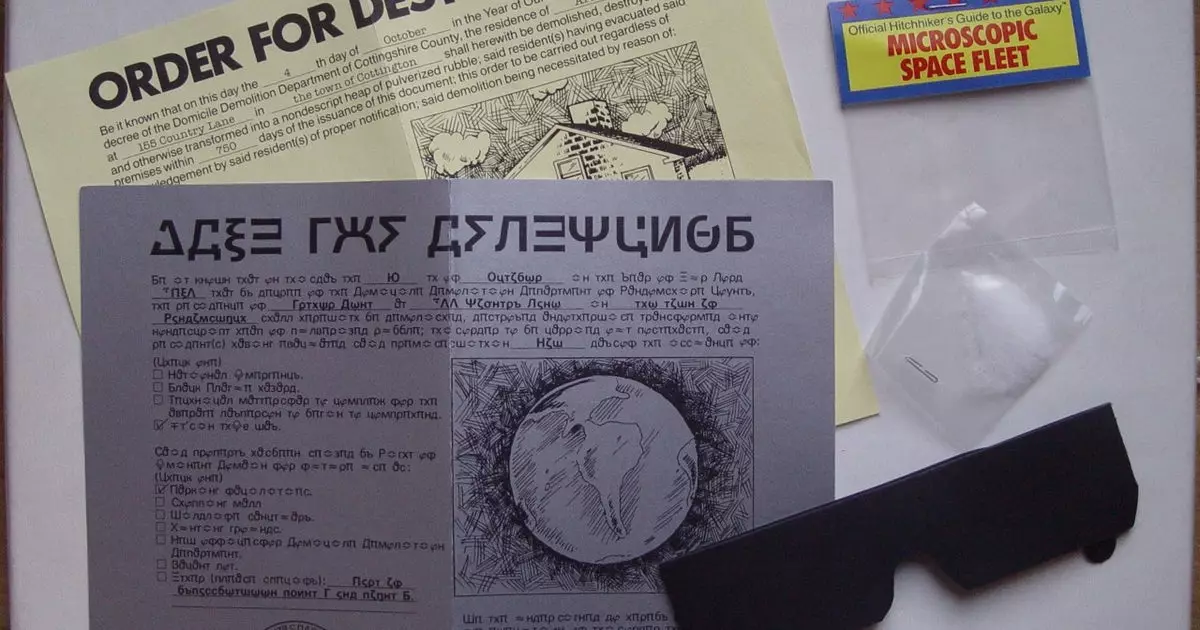In the realm of video games, we often hear about innovation and technological advancements. Yet, it’s the charm of nostalgia that frequently strikes a deeper chord, evoking memories of simpler times when games came bundled with quirky, often pointless, physical items known as “feelies.” This sentiment echoes through history, particularly with a company that pioneered the text adventure genre: Infocom. The legacy of these game accessories is not merely a footnote; it represents a unique interaction between players and the narratives they experience.
Scott Krol’s exploration into the fascinating world of Infocom has reminded us not only of what these feelies were but also of what they evoked—a sense of wonder and personal investment in the gaming experience. These tangible items, often whimsical or entirely useless, aimed to create a richer interface between the player and the game world, enhancing immersion in ways that digital advancements never could. Imagine opening a box only to find a packet proclaiming the existence of something invisible. It’s this kind of clever absurdity that makes these artifacts memorable and meaningful.
A Journey through the Cosmic Chaos of Arthur Dent
Equally captivating is the exploration of characters shaped by these narratives, particularly Arthur Dent from Douglas Adams’ universe. As Victoria Regan vividly portrays in her reflections on Infocom’s Hitchhiker’s Guide adventure game, Dent is no ordinary protagonist. He embodies the quintessential everyman, finding himself flung into cosmic capers with a wide-eyed bewilderment that resonates with anyone who has faced life’s absurdities.
Regan’s characterization reveals a deeper layer to Dent’s personality than I had previously considered. His willingness to confront a bulldozer—a symbol of immediate and crushing despair—captures a quiet sort of bravery. It reframes our understanding of courage in a universe that often feels cold and indifferent. Such revelations can make us reconsider how we perceive not just fictional characters but our own struggles against overwhelming odds. The tension between Dent’s English reserve and the chaotic universe surrounding him serves as an allegory for our very existence, creating a juxtaposition both humorous and poignant.
The Value of the Unknown in Gaming
As gamers, the drive to unearth hidden aspects of a game is an intrinsic motivator, one that Regan and her brother experienced fervently while navigating the complexities of the Hitchhiker’s Guide. It’s this dedication to uncovering secrets that seems to diminish in today’s gaming culture. In an era where everything from narrative twists to gameplay elements is meticulously dissected and published online hours after release, the thrill of surprise has waned significantly.
The unique stakes that accompany exploring a game without pre-established expectations offer a level of personal connection that modern, derivative gaming often lacks. We no longer have the opportunity to stumble upon hidden treasures; instead, our experiences feel choreographed by powerful marketing and established lore. We are often confined to predefined roles, denied the joy of discovery.
The Beauty of Imperfection
Moreover, the “uselessness” of feelies can be viewed as beauty in its most unadulterated form. While many contemporary collectibles strive for grandeur—polished figures and pristine memorabilia—the charm of a crumpled map or a plastic bag labeled “invisible” embodies a humbler reality. This allows players to interact with their games on a human level, cultivating an emotional resonance that statues and action figures often lack.
The collecting of game memorabilia has morphed into a standard practice that seems to reinforce a corporate aesthetic, commodifying nostalgia into a high-stakes marketplace. The insistent need for items of perceived value can overshadow the raw emotional connection that playful, trivial pieces offered in earlier times. Imagine interacting with objects that are not demanding attention, but rather inviting contemplation.
In our rush to celebrate grandeur and scale, let us not forget the simple joys offered by the quirky, the mundane, and the absurdly useless. The future of gaming may be wrapped in high-definition graphics and expansive worlds, but the heart of gaming lies in the small moments—the feelies, the stories, and the intimate connections we forge as we navigate the complex landscape of play. It is through these humble artifacts that we still find the magic that games were once known for.

